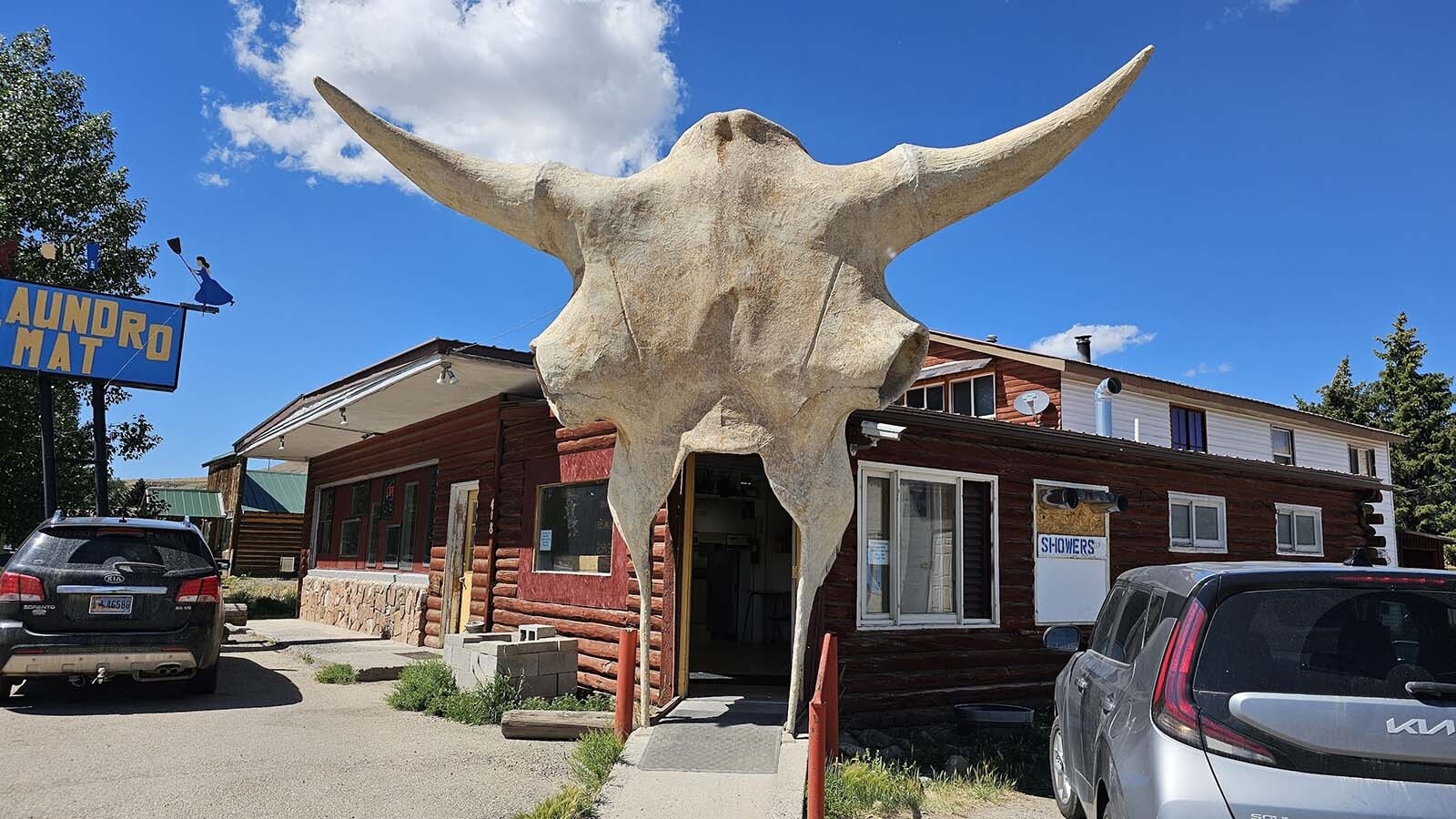Winter’s arctic winds will soon be blowing over Wyoming, and, in preparation, the sheep herds have all been divided out along the plains. 2,000 ewes will be wintering in Brad Boner’s pastures in Converse County, waiting to give birth in the spring and start the cycle all over again.
Boner is a fourth generation Wyoming sheep herder, who has set aside approximately one third of his sheep herd for breeding stock. The rest of the lambs have been sold for meat. As he prepares to ship out his lambs this coming Monday for production, Boner said he is aware of the disadvantage Wyoming sheep herders have compared to their counterparts from Down Under.
“About 70% of the lamb sold or consumed in the U.S. is Australian and from New Zealand,” Alison Crane, the Wyoming Wool Growers Association director, said. “We import a ton. It's a major discussion happening in the sheep industry nationally about how we got here. There's just been a steady decline and inventory across the country since 1960. It is partly due to the Wool Act and the trade agreements that we had and tariffs.
“If you look at federal legislation and how our federal grazing has been managed since the 1960s, you can see how things have changed drastically,” she told Cowboy State Daily. “It opened up the floodgates for Australia and New Zealand to start importing lamb. Then we have continually decreased our inventory and opened up a bigger market for them.”
“It comes back to the food security issue,” Boner said. “If we aren't producing the sheep here, we're dependent on somebody else to provide it for us. The Australian market share has continually grown over the last 20 years. Their dollar is weaker than ours and so we have a 35% disadvantage against them in just in the exchange rate which is very hard to compete against. They also have lower production costs than us. They have no predators and all this combined makes them very difficult to compete with.”
Wyoming Advantage
Despite the giant market share that Australia and New Zealand have in America, Crane is optimistic about the future of the sheep industry in Wyoming.
“Nationwide, I would say the sheep industry is raising more pounds of meat rather than wool. That is the main form of income from sheep for most people,” she said. “In Wyoming, there is an equal emphasis on raising sheep for meat and for their wool. So, most people would be making income off of those. However, wool prices are just not very good right now.”
“All of our production ewes are all wool based ewes,” Boner agreed. “It's neat that it is not wool or meat but both.”
“We really just have a better climate for raising really high-quality wool,” Crane said. “The sheep that do really well in the state tend to be sheep that grow fine wool. Fine wool is just going to be worth more per pound typically. It's also going to yield higher in a lot of cases coming from Wyoming. Our wool just tends to be a cleaner type product because of the environment that it's raised in.”
Eat Wyoming Lamb
The Wyoming sheep industry is also working to make lamb more accessible to consumers and palpable to Wyoming consumers.
During the Covid pandemic, restaurant and food service sales, which were more than 50% of lamb meat sales, dropped to near zero. This happened at the peak marketing time for American lamb when the largest supply of live lambs were ready for market.
As a result of this sudden market crisis, rather than let his lambs get overfat and lose quality, Boner partnered up with another sheep producer to start an online market they called “Lamb Guys.” They began selling direct to the consumer rather than through a retail outlet and have seen their sales steadily increasing.
“It's an extremely high-quality product,” Boner said. “If we can ever get people that have never eaten lamb before to try it, they’ll eat it forever. There's lots of rumors around lamb that get mixed in with mutton and people have heard it's not good and all these other things. But if they ever actually try it, they're hooked because it's a phenomenal product.
“We try to dispel those old wives tales that surround lamb and sheep meat in particular. The digestibility and the omega threes in lambs are extremely healthy. Senior citizen centers use them because it is more easily the most easily digested red meat out there.”
Other than buying on-line, additional options Crane recommends are finding a local producer and buying the lamb directly or asking your local grocery store to carry American Lamb.
“That’s always the best way to make an impact no matter what you're going to buy,” Crane said. “The Food Freedom Act for Wyoming is a very big deal and I know that there's talk of opening that up more. You have to be a lot more careful with meat but it's pretty interesting to see the dynamics of that and how it could impact the lamb sales.”
For those wanting to give lamb meat a try, Boner has posted several recipes ranging from lamb burgers to lamb ribs.
“I think there's just a lack of knowing that it's there for purchase here in Wyoming,” Crane admitted. “We've all kind of been thinking about how we can be better at letting people here know just how good lamb is.”
Jackie Dorothy can be reached at jackie@cowboystatedaily.com.





